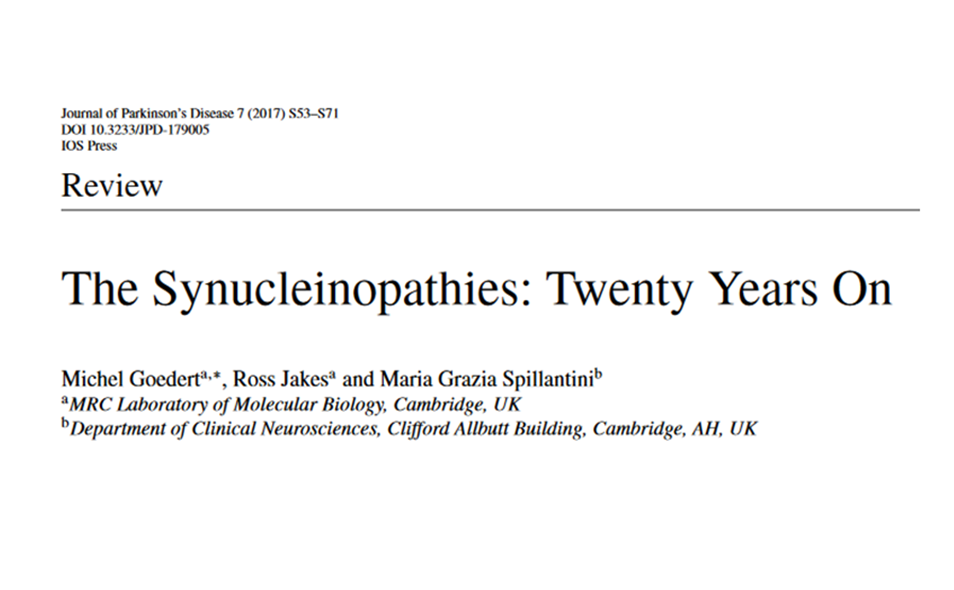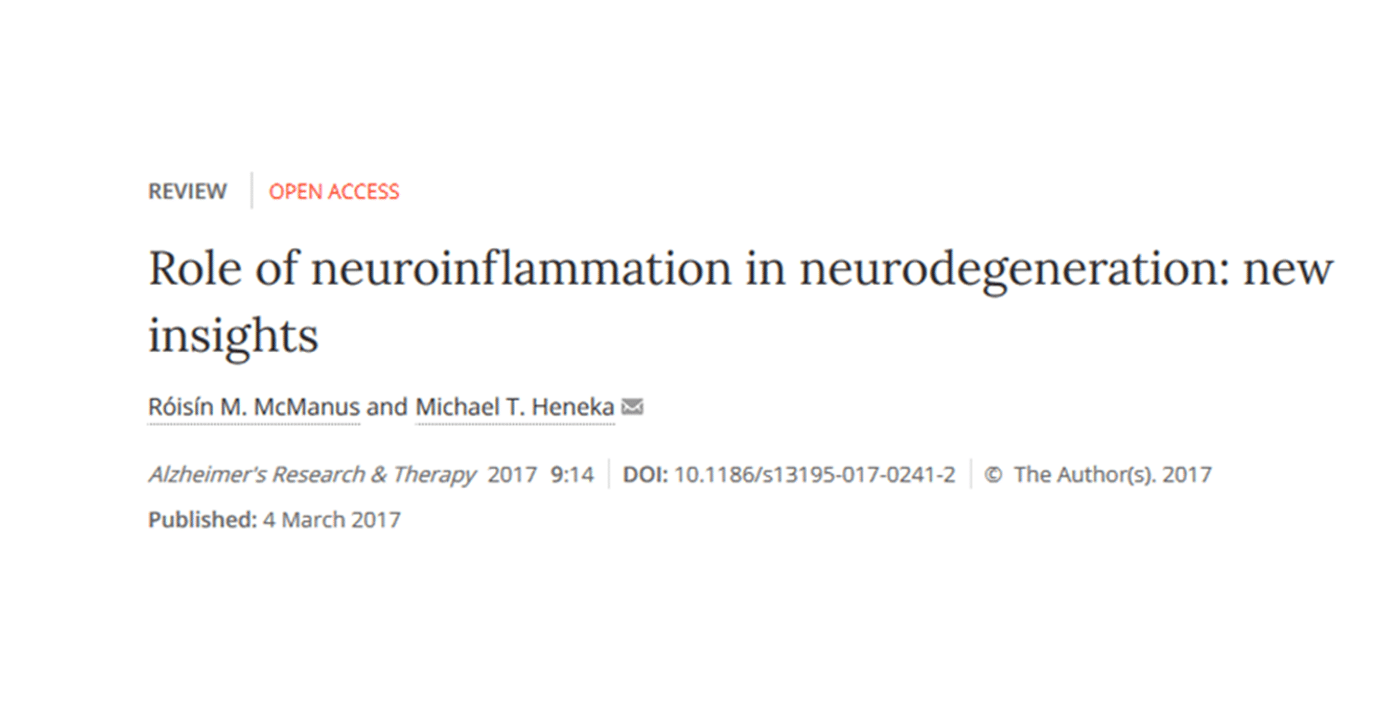For the first time, researchers have found higher levels of Gram-negative bacteria antigens in brain samples from late-onset Alzheimer’s disease patients. Compared to controls, patients with Alzheimer’s had much higher levels of lipopolysaccharide (LPS) and E coli K99 pili protein. In addition, the researchers also found LPS molecules congregated with amyloid plaques, which have been linked to Alzheimer’s pathology and progression. The research was published in Neurology.
Researchers have not yet determined if the bacteria are causing Alzheimer’s disease or a consequence of it.
Many Gram-negative bacteria are pathogenic, including E. coli, Helicobacter pylori, salmonella, Chlamydophila pneumoniae and Shigella. Researchers have known for some time that infections can increase the risk of Alzheimer’s; however, this is the first time anyone has found increased levels of Gram-negative bacteria antigens in Alzheimer’s disease brains and bacterial molecules associated with the disease pathology. This research follows previous animal studies that showed bacterial LPS plus ischemia/hypoxia can increase amyloid β and produce amyloid plaque-like aggregates.
The study compared 24 gray and white matter samples from patients with the disease – using Consortium to Establish a Registry for Alzheimer’s disease criteria – with 18 samples from people who had shown no evidence of cognitive decline. While LPS and K99 were found in both groups, the prevalence was much higher in the Alzheimer’s patients. K99 was found in nine of 13 Alzheimer’s gray-matter samples compared to one of 10 controls by Western blot analysis. Increased K99 levels were also found in Alzheimer’s disease white matter samples. The story was similar with LPS, which was found in all six samples (three gray and three white matter) but not in the controls by Western blot analysis.
The researchers spent four years validating these results before publishing. In particular, they were concerned about contaminated samples, as LPS is commonly found in many reagents. However, the differentials between the Alzheimer’s disease samples and controls and the unique localizations of the molecules in Alzheimer’s brains seem to indicate the team avoided this pitfall.
These findings highlight the need to further investigate how infectious agents impact Alzheimer’s. While discovering LPS and K99 in Alzheimer’s disease brain samples is a good start, researchers must study the role bacteria may play in the disease pathology. A proven link between bacterial infections and Alzheimer’s could offer new opportunities to prevent and treat the disease.
Paper: “Gram-negative bacterial molecules associate with Alzheimer disease pathology”
Reprinted from materials provided by the UC Davis MIND Institute.





